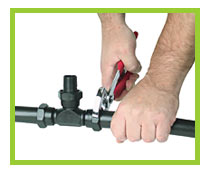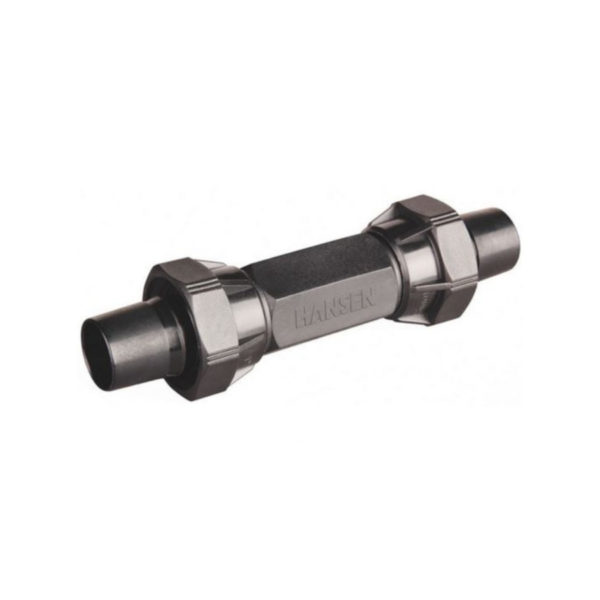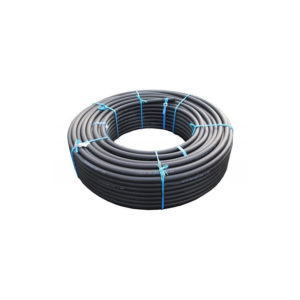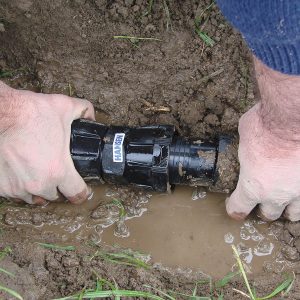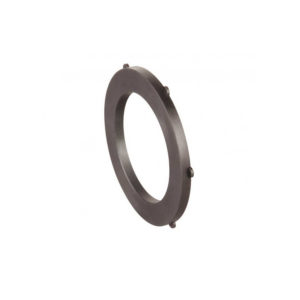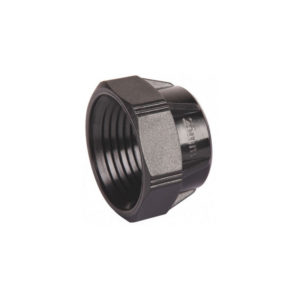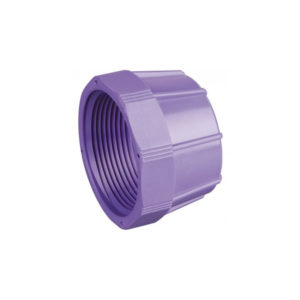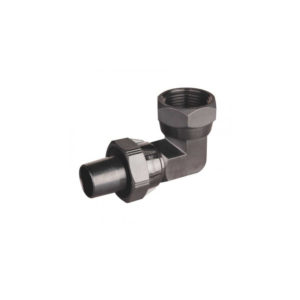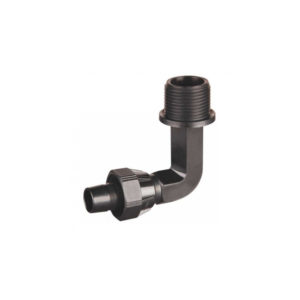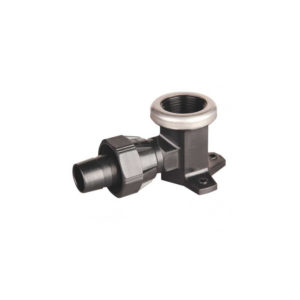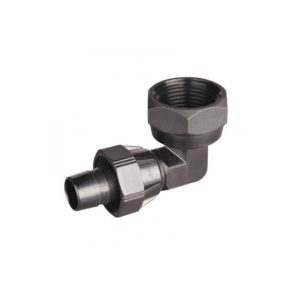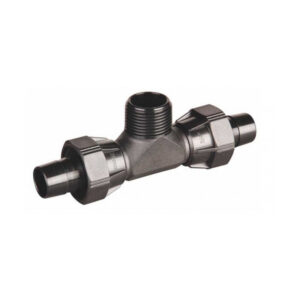Features
- Manufactured from a Raw Material Approved For Use With Potable (drinkable) Water.
- Manufactured from High Quality Glass Fibre Reinforced Nylon.
- Weather, Termite, Fungi & Bacteria Resistant.
- Common Applications Include Horticultural, Agricultural, Irrigation & Plumbing.
- Fire Rating UL94HB and UV Stabilised.
- AS/NZS 4020 approved
Low Density Fittings
Used for:
- Low-Density Pipe
- SKU: 300-(ID Pipe Size)-(Coil Size)
- e.g 300-25-100 (25mm = ID Size, 100 = Coil Length)
Tips:
- Low-density pipe is referred to by its inside diameter (ID)
- The low-density fitting barbs go inside the pipe
- The LD screw nut tightens overtop of the LD pipe.
- Tighten with spanner or pipe grips.
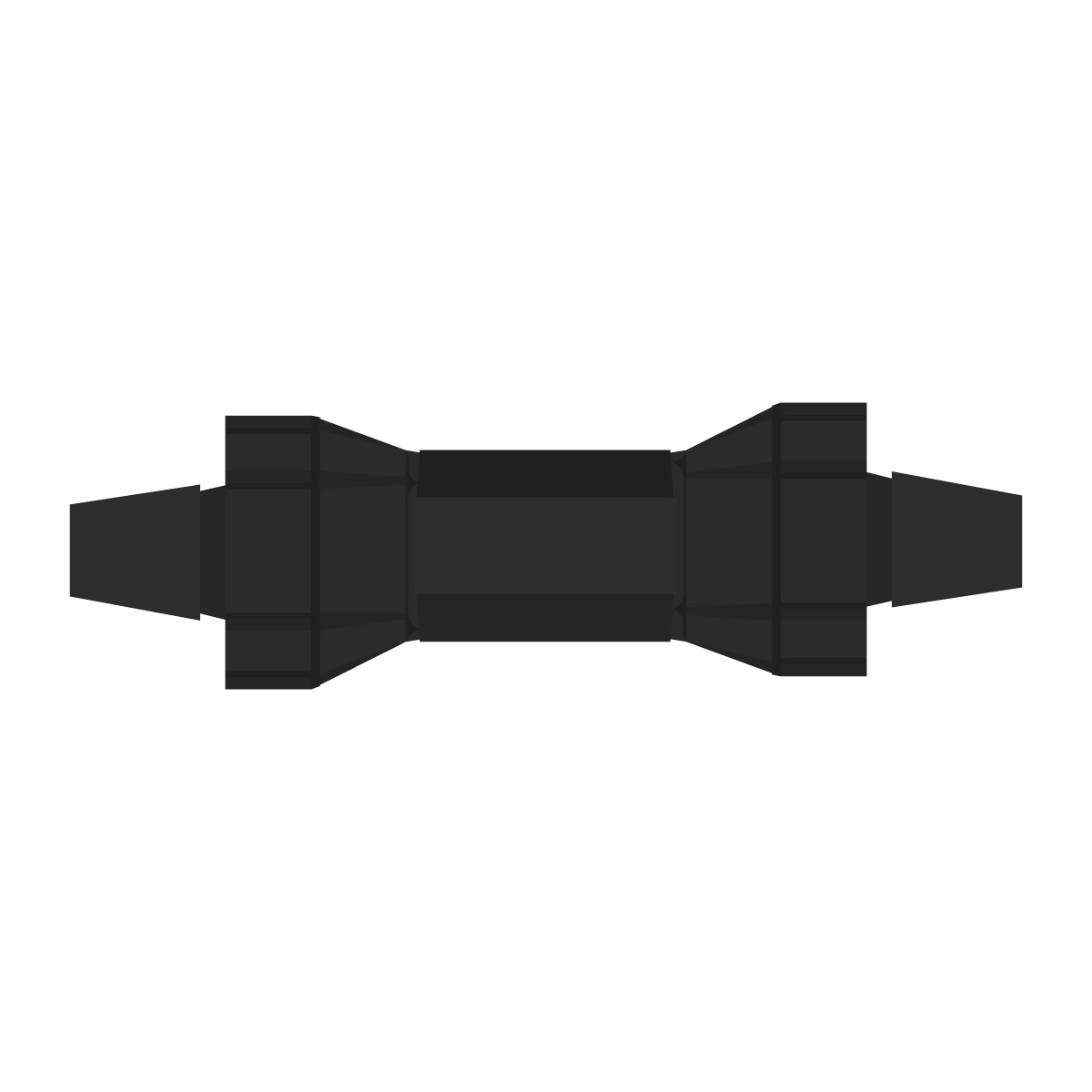
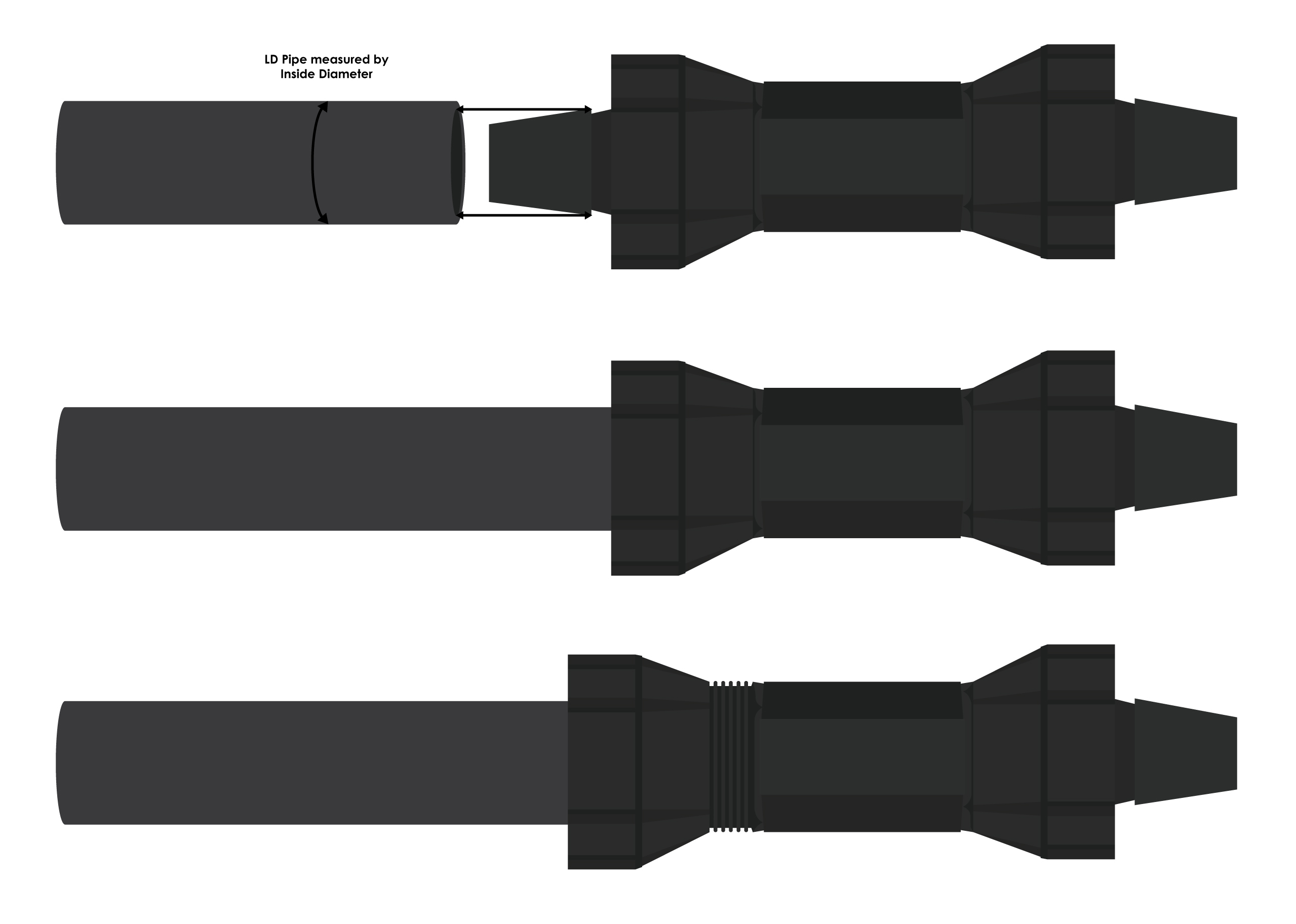
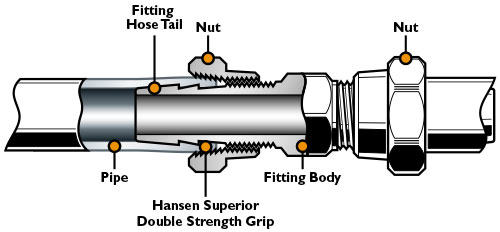
- Before installing the fitting onto the pipe, always ensure the nut is wound back to the centre (body) of the fitting as far as possible.
- In cold conditions you may need to heat the pipe or run a large phillips screwdriver around the inside of the pipe to open up the pipe end, or a combination of the two for insertion onto the fitting hose tail. Some ways to soften the pipe are;
- Dip the pipe into hot water in a thermos flask.
- A gas torch, the larger the pipe bore the larger the flame required, but be careful not to over heat the pipe.
- A vehicle exhaust but again be careful not to damage the pipe.
- Insert the pipe fitting into the pipe and force the pipe well up into the nut. You can use a rubber head mallet (not a steel hammer) if available to knock the fitting all the way onto the pipe. The pipe needs to go as far up into the nut as possible.
- Screw the nut back down over the pipe, you should feel the nut engaging the pipe within a couple of turns, if not back the nut off and force the pipe further onto the fitting.
- Screw the nut down over the pipe by hand until tight and then using poly grips, screw the nut down another 1 to 2 turns ensuring you hold the pipe with your free hand not the fitting.
When the nut is tight you should see no more than 4 to 5 threads at the back of the nut, if anymore again you have not forced the pipe onto the fitting far enough and need to back the nut off and go back to step 3
1 - Cut the pipe with pipe cutters, a knife or saw. Ensure a square cut of pipe ends. Clean burs off pipe. When making a repair in a burst pipe make sure the length of the cut away matches the length of the replacement fitting between the screwed on nuts.
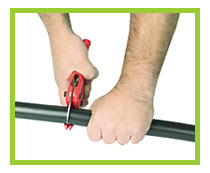
2 - Ensure the nut is fully wound back onto the body of the fitting. Push the pipe onto the fitting and as far as possible into the nut.
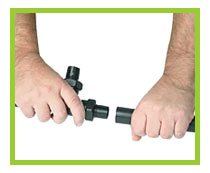
3 - Wind the nut onto the pipe a few turns. Tighten with spanner or pipe grips.
